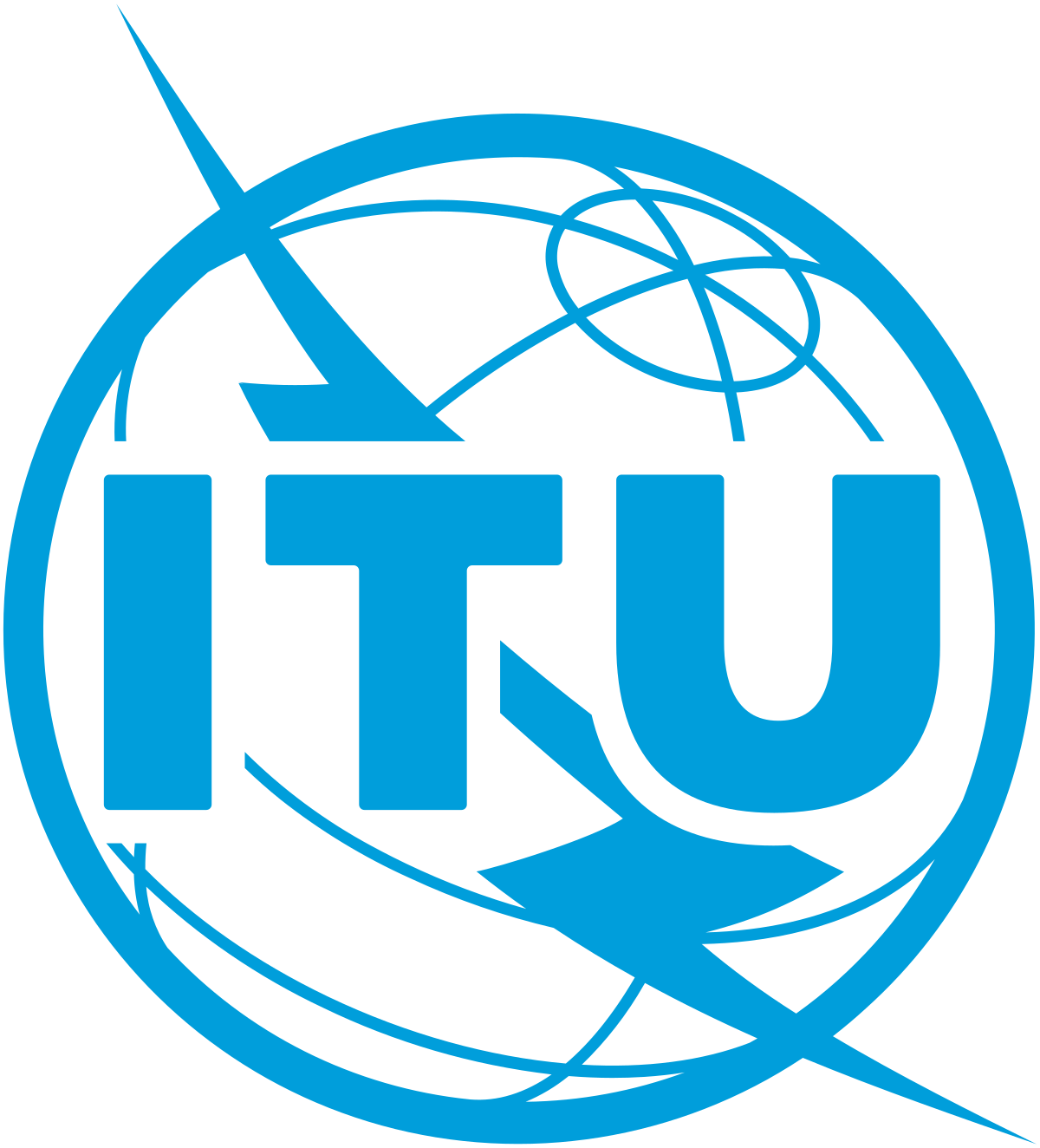The International Telecommunication Union (ITU) is a specialized agency of the United Nations responsible for coordinating global telecommunications operations and services. Founded in 1865, it has played a crucial role in shaping the modern telecommunications landscape, and its impact continues to be felt with the advent of new technologies such as 5G.
In this blog post, we will delve into the history, mission, structure, and initiatives of the ITU, with a specific focus on its role in advancing 5G technology. We will also examine the challenges faced by the ITU in this endeavor and its future goals in the rapidly evolving world of telecommunications.
Overview of the International Telecommunication Union (ITU)
The ITU is the oldest intergovernmental organization in the world, with a membership of 193 countries. It is headquartered in Geneva, Switzerland, and has twelve regional offices around the globe. The organization’s main objective is to connect all the world’s citizens by improving telecommunication infrastructure and access to information and communication technologies (ICTs).
The ITU’s mandate covers multiple areas, including telecommunications standardization, radio-frequency allocation, and satellite communications. As we move towards an increasingly interconnected world, the ITU’s role in facilitating global communication and promoting technological innovation becomes more critical than ever.
History and Founding of the ITU
The ITU’s origins can be traced back to the International Telegraph Union, which was founded in 1865 after the signing of the International Telegraph Convention in Paris, France. At that time, telegraph lines were the only means of long-distance communication, and the primary goal of the ITU was to establish international regulations for the operation of telegraph systems.
Over the next century, the ITU evolved to include new forms of communication, such as telephony, broadcasting, and satellite communications. In 1932, the International Telecommunication Convention was signed, which brought together all the ITU’s previous activities under a single treaty. The organization was renamed the International Telecommunication Union in 1934 and has since been responsible for coordinating global telecommunication policies and regulations.
ITU’s Mission and Objectives
The ITU’s mission is to connect the world through communication technologies by providing an enabling environment for the development and deployment of ICTs. Its primary objectives include promoting international cooperation and fostering the growth of telecommunication infrastructure and services worldwide. The ITU also aims to build trust in digital technologies and ensure universal access to information and communication opportunities for all.
Additionally, the ITU places significant emphasis on bridging the digital divide between developed and developing countries. It works towards this goal by providing assistance to least developed countries (LDCs) and promoting the use of ICTs for sustainable development.
ITU’s Structure and Key Bodies

The ITU’s structure consists of three main bodies: the Plenipotentiary Conference, the Council, and the Sectoral Assemblies and Study Groups. Each body has specific roles and responsibilities within the organization.
Plenipotentiary Conference
The Plenipotentiary Conference is the highest decision-making body of the ITU, and it meets every four years. The conference sets the general policies and strategies of the ITU and elects its senior officials, including the Secretary-General and the Deputy Secretary-General.
Council
The Council is responsible for managing the ITU’s activities between Plenipotentiary Conferences. It comprises 48 member states elected for a four-year term. The council makes decisions related to budget, finance, and personnel matters, as well as operational plans and policies.
Sectoral Assemblies and Study Groups
The ITU has three sectors: the Radio-communication Sector (ITU-R), the Telecommunication Standardization Sector (ITU-T), and the Telecommunication Development Sector (ITU-D). Each sector has its assembly, study group, and advisory group responsible for developing standards, fostering cooperation, and promoting development within their respective areas.
Role of ITU in Global Telecommunications Standards

One of the most crucial functions of the ITU is to develop international telecommunication standards. These standards, known as ITU-T Recommendations, are essential for ensuring compatibility and interoperability between different networks and devices worldwide.
ITU-T Recommendations cover a wide range of topics, from network architecture and security to quality of service and emerging technologies such as 5G. The organization works closely with industry stakeholders, including telecommunication companies, equipment manufacturers, and research institutes, to develop these standards collaboratively.
Creating a Level Playing Field
The ITU’s role in establishing global telecommunication standards is crucial for creating a level playing field for all players in the industry. By defining a common set of standards, the ITU ensures that all technology providers and service providers must adhere to the same regulations. This promotes fair competition and prevents dominant players from stifling innovation and limiting consumer choice.
Encouraging Interoperability and Compatibility
Interoperability and compatibility are essential for seamless communication between different networks and devices. As telecommunication systems become increasingly complex and interconnected, the need for common standards becomes more apparent. The ITU helps achieve this by facilitating collaboration among various stakeholders and developing open, non-proprietary standards that promote interoperability and compatibility.
Protecting Consumer Rights
International telecommunication standards also play a crucial role in protecting consumer rights. For example, ITU-T Recommendations on network security ensure that telecommunications networks and services are safe and secure for consumers to use. Similarly, standards related to quality of service ensure that users receive consistent and reliable service from their providers.
ITU’s Initiatives and Projects in 5G Technology
As the world moves towards the fifth generation of wireless technology, the ITU has been actively involved in promoting the development and deployment of 5G networks. The organization has launched several initiatives and projects to support this goal.
ITU-R’s Work on 5G Spectrum
The Radio-communication Sector (ITU-R) is responsible for managing the global radio-frequency spectrum and satellite orbits. As such, it plays a crucial role in facilitating the deployment of 5G networks, which require significant amounts of spectrum resources. For example, the ITU-R has identified frequency bands between 24.25 and 86 GHz for 5G use, and it continues to study the feasibility of other frequency bands for future use.
ITU-T’s Standards Development for 5G
The Telecommunication Standardization Sector (ITU-T) works closely with industry stakeholders to develop standards for 5G networks and services. Currently, the organization has over 170 standards related to 5G under development or already published. These standards cover various aspects of 5G, including network architecture, quality of service, security, and interconnectivity with other technologies such as IoT and AI.
ITU-D’s Projects for 5G Deployment in Developing Countries
The Telecommunication Development Sector (ITU-D) is responsible for promoting the use of ICTs for sustainable development, particularly in developing countries. In line with this goal, the ITU-D has launched multiple projects to facilitate the deployment of 5G networks in these countries. These initiatives aim to bridge the digital divide and promote economic growth by leveraging the transformative potential of 5G technology.
Collaboration Between ITU and Global Telecom Organizations
The ITU works closely with other global organizations and forums to achieve its goals of connecting the world through telecommunications. Some of the key partnerships and collaborations that the ITU has established include:
Collaboration with 3GPP
The Third Generation Partnership Project (3GPP) is a global organization responsible for developing standards for mobile telecommunications. It comprises seven regional standards development organizations, including the European Telecommunications Standards Institute (ETSI), which works closely with the ITU in developing 5G standards.
Partnership with GSMA
GSMA is an industry association representing the interests of mobile network operators worldwide. The ITU and GSMA have been collaborating on various initiatives and projects, focusing primarily on bridging the digital divide between developed and developing countries.
Participation in Key Forums and Events
The ITU actively participates in various forums and events related to telecommunications, including the World Summit on the Information Society (WSIS) and the Broadband Commission for Sustainable Development. These platforms provide the ITU with opportunities to engage with industry stakeholders and promote its objectives and initiatives.
ITU’s Impact on 5G Policy and Regulation
Apart from its work on standards development and infrastructure deployment, the ITU also plays a crucial role in shaping policy and regulations for 5G networks. Governments and regulators around the world look to the ITU for guidance on spectrum allocation, network security, and other issues related to 5G. As such, the ITU’s recommendations and decisions have a significant impact on how 5G networks are deployed and operated globally.
Facilitating Policy Discussions
The ITU serves as a platform for governments, regulators, and industry stakeholders to come together and discuss policy matters related to 5G technology. For example, the ITU organizes World Radiocommunication Conferences (WRCs) where countries come together to negotiate and agree on spectrum allocations for different technologies, including 5G.
Setting Global Guidelines and Best Practices
The ITU also develops guidelines and best practices for governments and regulators to follow when formulating policies related to 5G. These guidelines are based on input from industry stakeholders and are designed to promote a fair and competitive market while protecting consumer rights.
Ensuring Spectrum Harmonization
Harmonization of spectrum resources is vital for ensuring seamless communication across borders. The ITU works with member states to harmonize spectrum allocations for 5G, which helps overcome technical limitations and promotes global connectivity.
Challenges Faced by the ITU in Advancing 5G
Despite its critical role in promoting 5G technology, the ITU faces several challenges that could impact its ability to meet its objectives. These challenges include:
Limited Resources
The ITU operates on a limited budget compared to other global organizations, which can sometimes impede its ability to undertake large-scale projects and initiatives. As demand for 5G grows worldwide, the ITU will need to mobilize additional resources to support its work in this area.
Balancing Interests of Member States
As a global organization, the ITU must balance the interests and priorities of its diverse membership. This can be challenging, especially when it comes to reaching consensus on matters such as spectrum allocation and standardization.
Keeping Up with Rapid Technological Advancements
The pace of technological advancements in the telecommunications industry is accelerating, making it difficult for organizations like the ITU to keep up. As we move towards the era of 5G, the ITU will need to adapt quickly and continue to play a proactive role in shaping the future of telecommunications.
Future Prospects and Goals for ITU in the 5G Era
Looking ahead, the ITU’s role in advancing 5G technology will become even more critical as the world becomes increasingly connected. Some of the key goals and prospects for the ITU in the 5G era include:
Promoting Universal Access to 5G
The ITU has set a goal to ensure that at least half the world’s population will have access to 5G networks by 2025. Achieving this goal will require significant effort from the ITU and its partners, especially in developing countries with limited infrastructure and resources.
Bridging the Digital Divide
The ITU’s work in promoting 5G in developing countries is crucial for bridging the digital divide and creating a more equitable world. As we move towards smart cities, autonomous vehicles, and other applications of 5G, it is essential to ensure that all countries have equal access to these technologies.
Supporting Sustainable Development
The ITU aims to leverage 5G technology to support sustainable development worldwide. This includes promoting the use of 5G in areas such as healthcare, education, and disaster management, which can have a significant impact on people’s lives and well-being.
Conclusion
The International Telecommunication Union has played a pivotal role in shaping the global telecommunications landscape over the past century and a half. With the emergence of 5G technology, the organization’s mission to connect the world through communication has become even more crucial.
From developing international standards to facilitating global policy discussions, the ITU’s work in advancing 5G technology has been instrumental in promoting universal connectivity and bridging the digital divide. Despite facing various challenges, the ITU continues to evolve and adapt to meet the ever-changing demands of the telecommunications industry, and its role in shaping the future of 5G remains significant.
